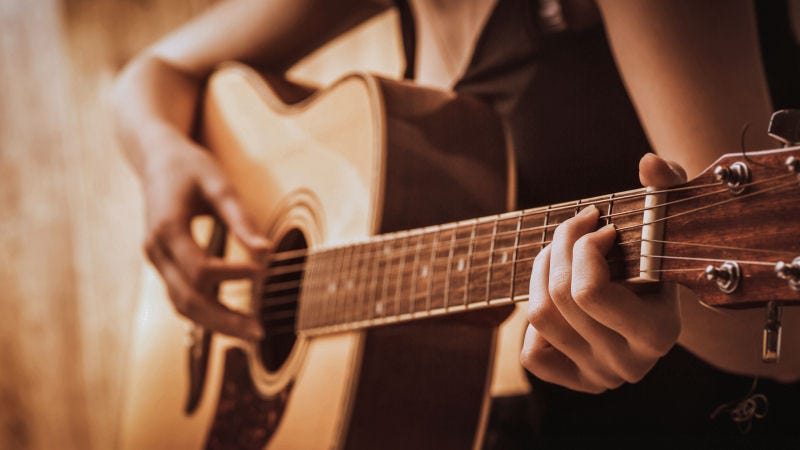One of the first lessons I talk about with my new students is about learning, playing and adding new chords to their vocabulary. Most beginners usually start off learning easy open-string chords - or as some call them: “Cowboy” chords. However, in order to learn how to expand or extend these simple chords and be able to eventually play just about any so…
Keep reading with a 7-day free trial
Subscribe to SoundHole Guitar Lessons to keep reading this post and get 7 days of free access to the full post archives.





